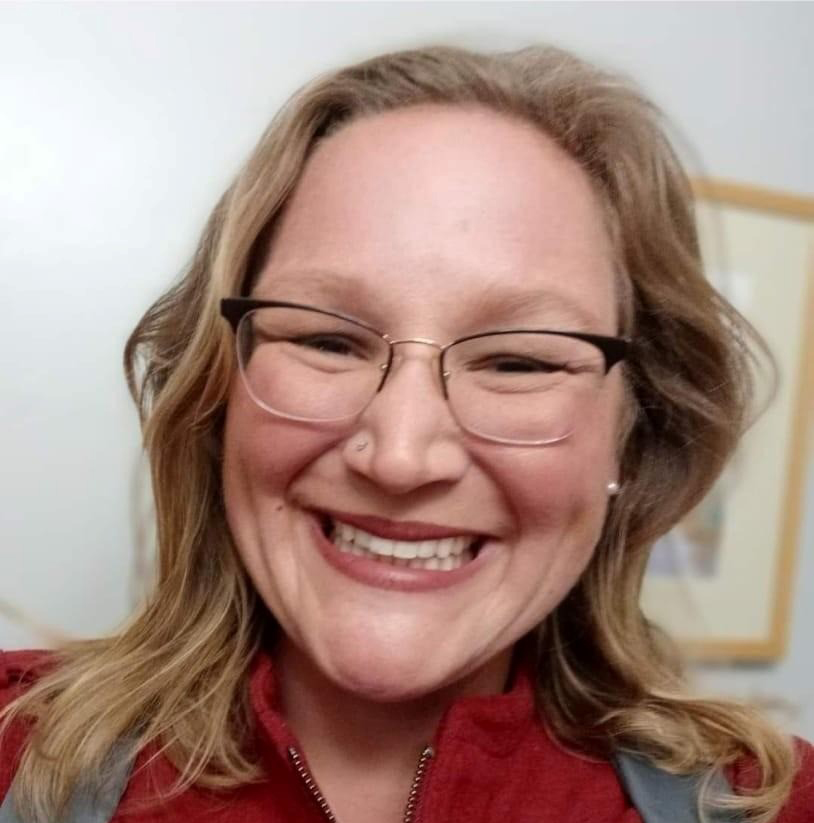Quechua Women Healing from Forced Sterilization: From Soul Loss to Communal Futures
Presented by the Center for Research on Race and Ethnicity in Society
Presented by the Center for Research on Race and Ethnicity in Society
Dr. Lucía Stavig
CRRES Postdoctoral Scholar
Department of Anthropology
Indiana University
Thursday, February 6, 4:00pm
Maple Room, IMU

From 1996 to 2000, 314,000 people were sterilized under Perú's National Program of Reproductive Health and Family Planning, the vast majority Indigenous women. Affected Runa (Quechua) women continue to be beset by illnesses that keep them from being able to regenerate their biological, social, and spiritual worlds. Where biomedical doctors and psychologists are baffled by or dismiss women’s illnesses, women’s constellations of symptoms are deeply meaningful within Runa “worlds of health.” One illness is identified as mancharisqa, susto, or soul loss. The symptoms of mancharisqa overlap with PTSD. However, the translation of mancharisqa in to the clinical and legal definitions of trauma preclude a deeper Runa-centered understanding of this malady as an “illness of the land,” experienced as the breakdown of the intimate sociality of ayllu: the more-than-human Runa community of people, plants, animals, ancestors, and earth beings (such as mountains) held together by reciprocal care or ayni. In the absence of state accountability, affected Runa women have started a healing center to address their illnesses. Alongside Western medicine and psychology, women pull from a repertoire of Runa medical traditions, include herbal treatments, body work, and ceremony. The following short documentary chronicles a healing workshop that took place at the Mosoq Pakari Sumaq Kawsay healing center in 2023. The workshop addressed women’s illness as mancharisqa and taking place almost entirely in Runasimi (Quechua), highlighted the importance of language in community healing and well-being in the colonial present.